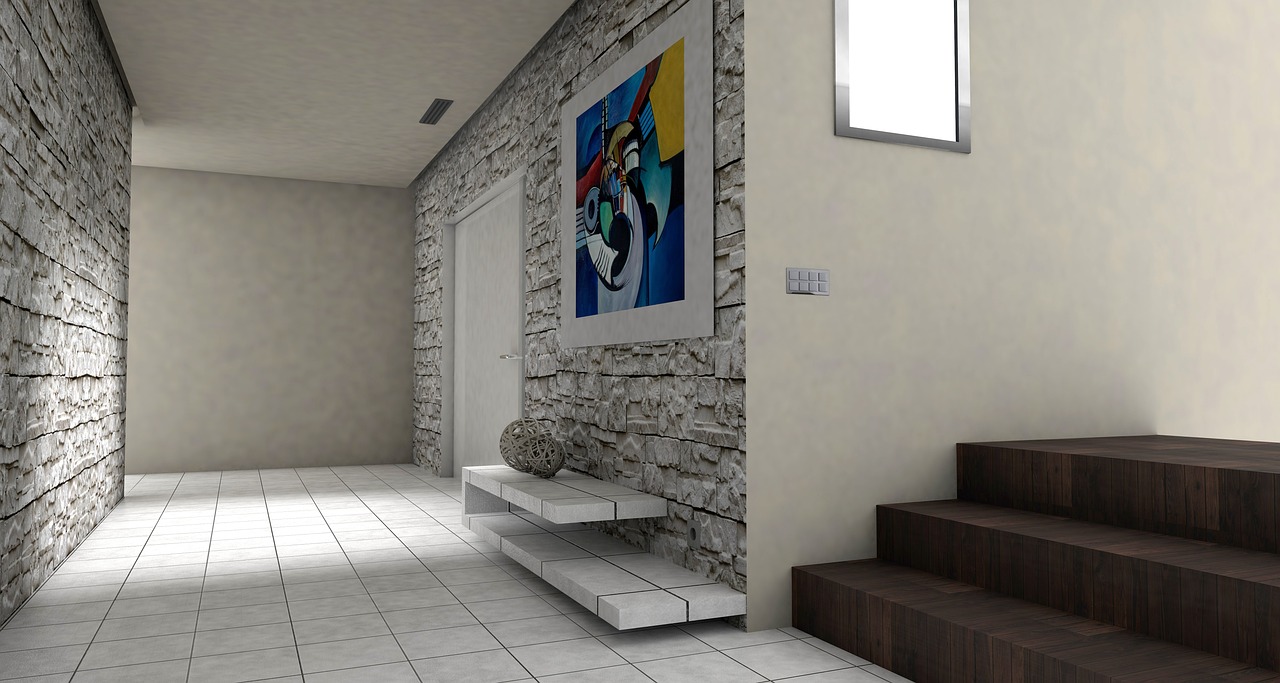Grid layout is a fundamental concept in web design that allows for the creation of visually appealing and organized layouts. It involves dividing a webpage into a series of columns and rows, creating a grid-like structure that helps to guide the placement of elements on the page. This grid system is based on a set of principles that help designers create balanced and harmonious layouts that are both aesthetically pleasing and functional.
The first principle of grid layout is consistency. This means that elements on the page should be aligned and spaced in a consistent manner, creating a sense of order and structure. This helps to create a cohesive design that is easy for users to navigate. The second principle is hierarchy, which involves using different sizes, colors, and placement of elements to create a visual hierarchy that guides the user’s attention. This helps to highlight important information and create a clear flow of information on the page. Other principles of grid layout include proportion, balance, and rhythm, all of which work together to create a visually appealing and user-friendly design.
By understanding and implementing these principles of grid layout, designers can create websites that are not only visually appealing but also functional and easy to navigate. Whether you are designing a simple blog or a complex e-commerce site, incorporating grid layout principles can greatly enhance the overall design and user experience. So next time you are working on a web design project, remember to keep these principles
